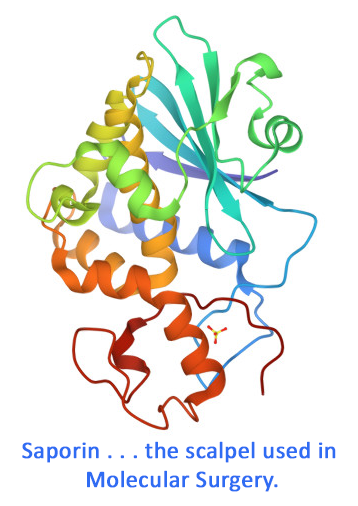CD150, also known as SLAM (signaling lymphocyte activation molecule) or IPO-3, is a type I transmembrane glycoprotein and a member of the immunoglobulin superfamily. It is primarily expressed on immune cells, including thymocytes, activated T and B cell subsets, dendritic cells, and endothelial cells. CD150 expression is upregulated following cellular activation and is notably higher on Th1 cells and regulatory T cells, while it is reduced or absent in Th2 populations. Through interaction with intracellular signaling molecules such as SHP-2, CD150 plays a role in modulating immune responses, including enhancing IFN-γ production in Th1 cells. Functionally, CD150 is involved in T cell activation, cytokine signaling, and immune cell differentiation. Additionally, in combination with CD48, it serves as a valuable marker in the study of hematopoietic stem cells.
This targeted toxin recognizes cells that express the CD150 receptor in mice. Anti-CD150-SAP is a bonded toxin between biotinylated rat monoclonal antibody to mouse CD150 (clone TC15-12F12.2) and the secondary conjugate Streptavidin-ZAP containing the ribosome-inactivating protein, saporin.
Anti-CD150-SAP is available individually (Cat. #IT-103) or as a kit (Cat. #KIT-103) which includes Anti-CD150-SAP and BIgG-SAP rat (Cat. #IT-73).
keywords: cd150, slam, signaling lymphocyte activation molecule, IPO-3, T cells, B Cells hematopoietic stem cells, targeted conjugate, saporin


Reviews
There are no reviews yet.